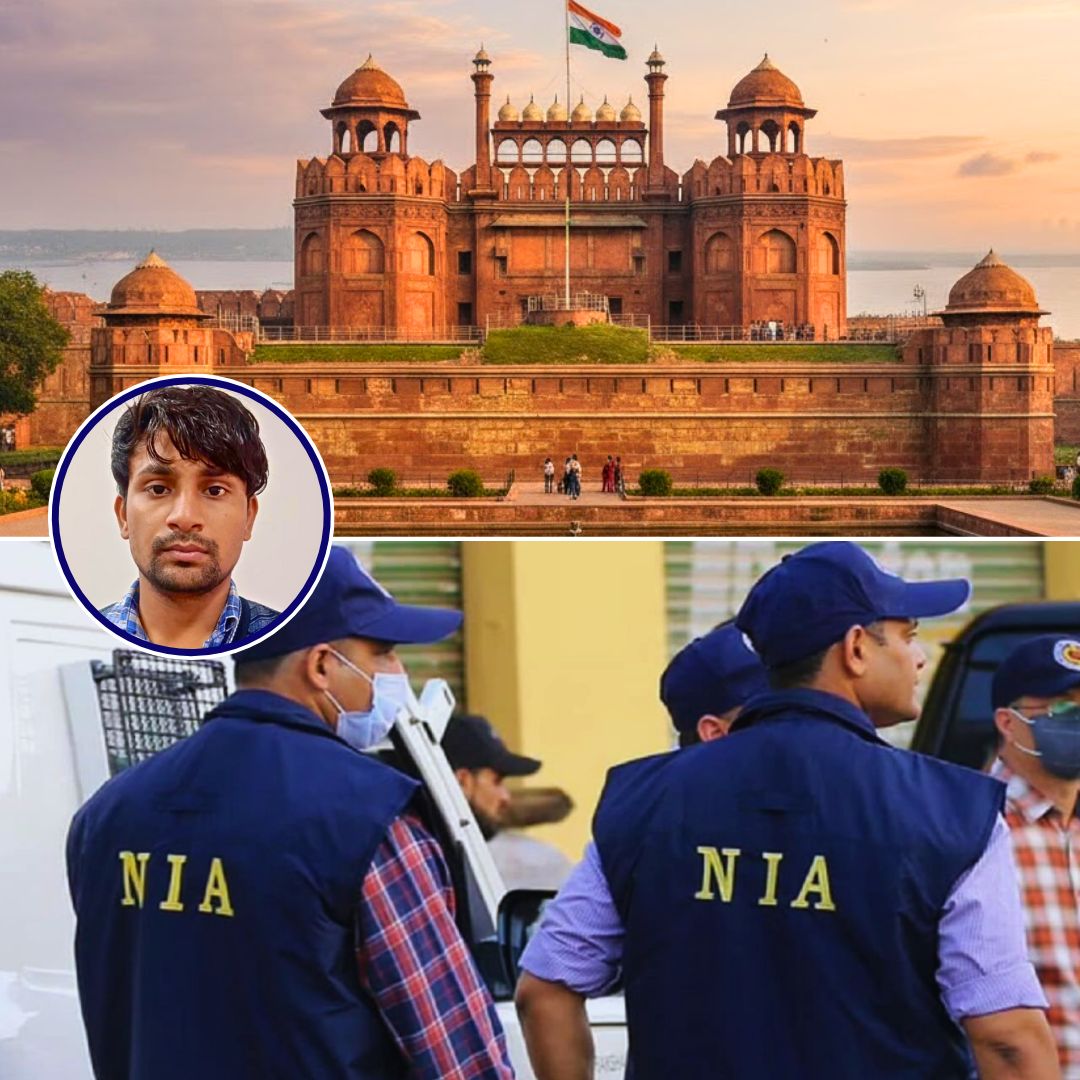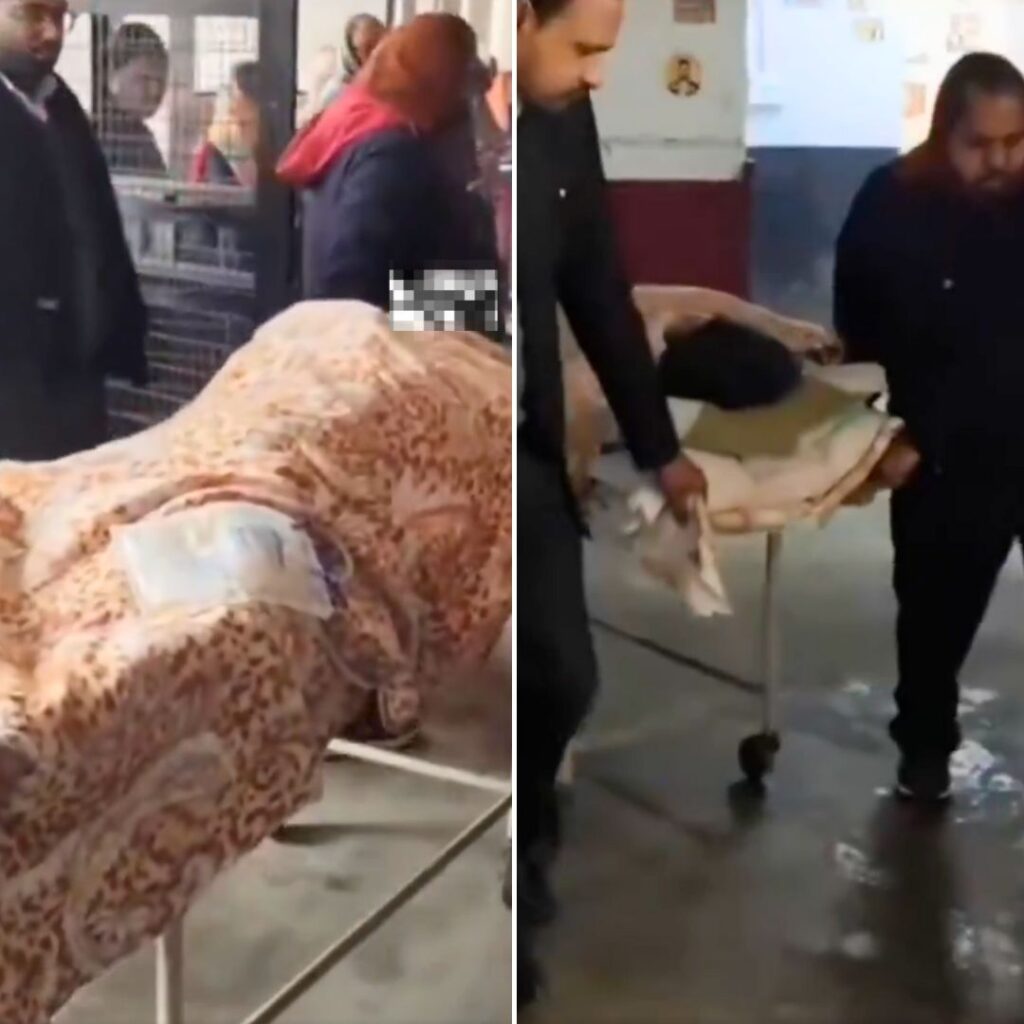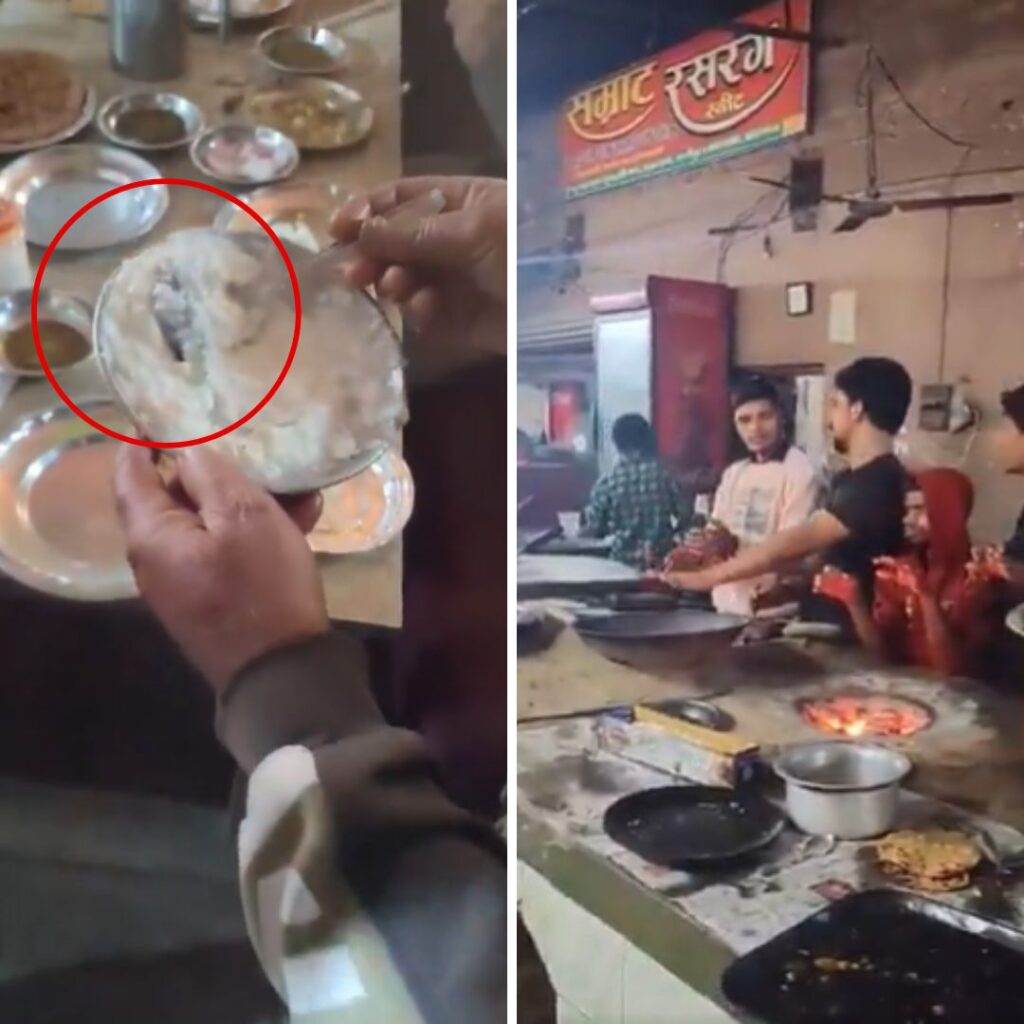The National Investigation Agency (NIA) has arrested Soyab, a resident of Dhauj village in Faridabad, Haryana, for allegedly harbouring and providing logistical support to Umar un Nabi, the suicide bomber behind the November 10 car bomb blast outside Delhi’s iconic Red Fort.
Soyab, who worked as a compounder at Al-Falah University, is the seventh accused to be arrested in connection with the blast that killed 15 people and injured over 30 others during peak evening traffic near Chandni Chowk.
The NIA stated that Soyab aided Umar un Nabi in renting a safehouse in Hidayat Colony, Nuh, where Umar stayed hidden for 10 days before carrying out the attack.
This arrest is part of an extensive investigation into a terror network linked to Pakistan-based Jaish-e-Mohammad and Ansar Ghazwat-ul-Hind, focused on dismantling the conspirators behind the bombing and tracking their handlers overseas.
Key Details and Official Statements
According to the NIA spokesperson, Soyab played a critical role by providing shelter and covering logistical needs for Umar, who assembled the bomb in a public parking area near the Red Fort before detonating the explosives-laden Hyundai i20.
The NIA has also arrested six other individuals, including doctors from Al-Falah University who were allegedly involved in amassing the ammonium nitrate fuel oil (ANFO) explosives used in the attack. The spokesperson said, “Our investigations continue at full pace.
Soyab’s arrest reveals the depth of local involvement and operational support that facilitated the blast.” Authorities are working in coordination with multiple state police forces, conducting raids and surveillance to arrest further suspects and disrupt the terror module’s entire network.
The agency also highlighted that the mastermind, Umar un Nabi, maintained communication with handlers overseas, notably in Turkey.
Background and Investigation Progress
The attack shocked the nation by targeting the historic Red Fort, a symbol of India’s sovereignty. The blast was a premeditated suicide bombing where Umar un Nabi drove the explosives-packed vehicle through heavy traffic, causing devastation and loss of lives.
The investigation uncovered that Umar had traveled to Pulwama shortly before the attack and passed on mobile phones to his associates to obscure communication trails.
Forensic teams recovered diaries from Al-Falah University’s dormitories documenting coded references to “operations,” linking the academic institution and some staff members to the terror conspiracy.
Alongside Soyab, several doctors associated with the university, such as Dr Muzammil Shakeel Ganai, Dr Adeel Ahmed Rather, and Dr Shaheen Saeed, have been arrested for their roles in the terror plot.
The NIA’s probe has also confirmed that Umar was part of a white-collar terror module operating under the Jaish-e-Mohammad umbrella, aiming to destabilize national security through planned terror attacks.
The ammonium nitrate fuel oil seizure of approximately 2,900 kg prior to the blast signifies the scale and readiness of the terror cell. Investigators believe the blast was triggered prematurely or mishandled, causing a higher death toll than possibly intended.
This attack exposed how extremist influences have penetrated through educational institutions, leveraging vulnerable youth and professionals to further terror agendas.
The Logical Indian’s Perspective
Acts of terrorism strike at the very fabric of social harmony, threatening lives and freedom. The swift action of law enforcement agencies in apprehending suspects linked to the Red Fort blast demonstrates the vital importance of vigilance, intelligence sharing, and community cooperation.
However, it also emphasises the urgent need to address root causes, such as radicalisation within educational spaces and local communities.
The Logical Indian advocates for justice carried out with transparency and respect for human rights, alongside proactive efforts towards peacebuilding and social cohesion.
Education and community engagement must focus on resilience against extremist ideologies, fostering empathy and rational dialogue to counter fear and division.












